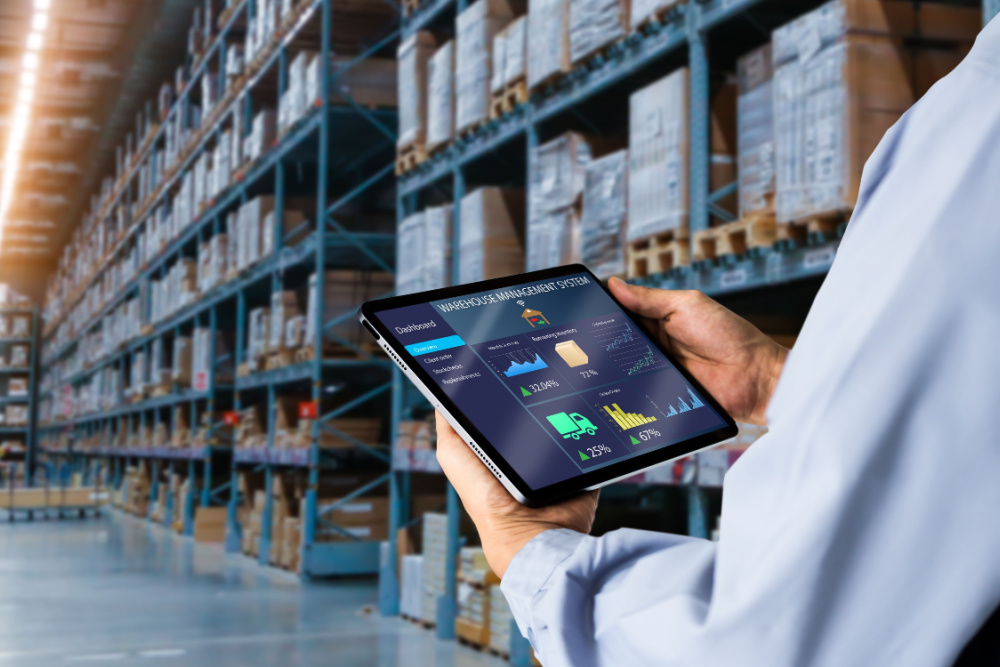Effective inventory management is critical for businesses that handle physical products. QuickBooks, a leading accounting software, provides comprehensive inventory management features to help companies streamline operations, reduce costs, and improve customer satisfaction. This guide will cover everything you need to know about using QuickBooks, specifically QuickBooks Enterprise, for inventory management.
What is QuickBooks Inventory Management?
QuickBooks Inventory Management is a feature within QuickBooks Desktop, including QuickBooks Enterprise and QuickBooks Online, that allows businesses to track their inventory in real-time. This feature includes tracking inventory levels, sales, orders, and deliveries. It integrates seamlessly with your accounting processes to provide a complete view of your financial and inventory data in one place.
Key Features of QuickBooks Enterprise Inventory Management
- Advanced Inventory Tracking: QuickBooks Enterprise offers advanced tracking capabilities, including serial number or lot tracking, FIFO inventory costing, and bin location tracking. These help manage inventory across multiple locations and ensure accurate tracking of each item.
- Sales and Purchase Order Management: Manage sales and purchase orders directly within QuickBooks. This feature streamlines the order process, making it easier to fulfill customer orders and manage supplier relationships effectively.
- Inventory Valuation: QuickBooks Enterprise provides several methods for inventory valuation, such as FIFO (First In, First Out) and average cost. This flexibility allows businesses to choose the best method for their business model.
- Automated Reordering: Set reorder points for your products, and QuickBooks Enterprise will automatically generate purchase orders when inventory levels fall below these points. This feature ensures you never run out of critical items.
- Detailed Reporting: Generate detailed reports on inventory levels, sales, and purchase orders. These reports help businesses make informed decisions about purchasing, pricing, and sales strategies.
Benefits of Using QuickBooks Enterprise for Inventory Management
- Enhanced Accuracy: Automating many aspects of inventory management with QuickBooks Enterprise reduces the risk of human error, leading to more accurate inventory records and financial data.
- Increased Efficiency: QuickBooks Enterprise streamlines manual processes, such as order entry and inventory tracking, freeing up time for staff to focus on other important tasks.
- Improved Decision Making: Access to real-time data and detailed reports allows businesses to make more informed decisions about inventory, improving profitability and customer service.
- Better Customer Satisfaction: Ensuring you always have the right products in stock helps fulfill customer orders more efficiently, leading to happier customers and repeat business.
How to Set Up Inventory Management in QuickBooks Enterprise
- Enable Inventory Tracking: Enable inventory tracking in QuickBooks settings to start entering inventory items and tracking their levels accurately.
- Add Inventory Items: Enter your inventory items into QuickBooks, including details such as item name, description, cost, and selling price. Set reorder points for each item to manage stock effectively.
- Enter Opening Balances: Transitioning from another inventory system? Enter your opening balances to ensure accurate inventory levels from the start.
- Create Purchase Orders: Use QuickBooks to create purchase orders when reordering items. The system tracks these orders and updates inventory levels upon receipt.
- Track Sales Orders: Enter sales orders into QuickBooks to track sold items. The system automatically updates inventory levels as sales occur.
- Run Inventory Reports: Regularly run inventory reports to monitor inventory levels and make informed purchasing and sales decisions.
Best Practices for QuickBooks Enterprise Inventory Management
- Regularly Update Inventory Levels: Regularly update inventory levels in QuickBooks to ensure data accuracy and reliability.
- Conduct Regular Audits: Perform periodic physical inventory audits to verify the accuracy of QuickBooks records, identifying and correcting discrepancies.
- Utilize Barcoding: Use barcoding to streamline inventory tracking. QuickBooks supports barcoding, making it easier to update inventory levels and track items efficiently.
- Train Your Staff: Ensure staff is well-trained in using QuickBooks for inventory management to prevent errors and ensure smooth operations.
Advanced Inventory Features in QuickBooks Enterprise
- Bin Location Tracking: Track inventory items’ specific locations within your warehouse, improving accuracy and efficiency in picking and packing processes.
- Serial and Lot Tracking: Track items by serial number or lot, which is crucial for industries needing detailed tracking for warranty purposes or regulatory compliance.
- FIFO Costing: QuickBooks Enterprise allows businesses to use FIFO (First In, First Out) costing, aligning inventory costs more closely with current market values.
- Multiple Location Tracking: Manage inventory across multiple warehouses or store locations, ensuring optimal stock levels and efficient distribution.
Conclusion
QuickBooks Enterprise Inventory Management is a powerful tool that can help businesses stay organized and efficient. By leveraging its features and following best practices, businesses can ensure accurate inventory management, prompt order fulfillment, and high customer satisfaction. Whether you’re a small business or a growing enterprise, QuickBooks Enterprise provides the tools needed for effective inventory management.
FAQs
1. Can QuickBooks Enterprise handle inventory management for multiple locations?
Yes, QuickBooks Enterprise includes advanced inventory features that allow you to track inventory across multiple locations, making it suitable for businesses with multiple warehouses or retail stores.
2. How does QuickBooks Enterprise integrate with barcode scanners?
QuickBooks Enterprise supports barcode scanning for inventory management. You can assign barcodes to your inventory items and use a compatible barcode scanner to update inventory levels and process sales orders quickly.
3. Is there a limit to the number of inventory items I can track in QuickBooks Enterprise?
QuickBooks Enterprise is designed to handle a large number of inventory items, making it suitable for businesses with extensive inventory needs. For detailed information on limitations and best-fit solutions, consulting with a QuickBooks expert is recommended.




